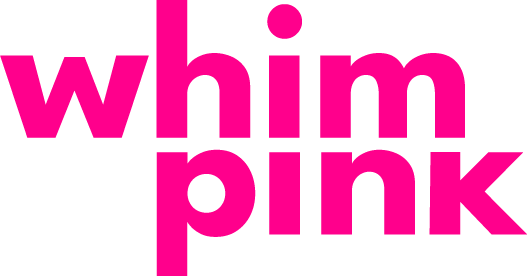The art of content marketing
Now that you already know more about the marketing types mentioned in the previous article, it is time to dive deep into content marketing! How does the marketing team adapt to this context if we are overwhelmed with the amount of content we receive, either online or offline? What does it mean for content marketing? This is the topic of today’s post.
What is content marketing?
Going straight to the point, content marketing is a strategy to deliver relevant information about your product or service without mentioning the brand directly. The primary purpose of this content is to attract and engage with your audience, supporting them in their buying process.
The importance of content marketing nowadays
The customer journey is the customer journey. Sometimes we don’t know we need something until we see our possibilities. Would you buy an umbrella if you didn’t know what rain is?
Following this direction, content marketing is the most powerful strategy to deliver content to users, educating them about the need for your product or service. The customer journey is usually composed of specific steps related to the AIDA marketing funnel.
The AIDA funnel applied in content marketing.
See below how we can apply the AIDA funnel to content marketing strategies:
A – First, they get attracted by the content (because they liked the image you shared, the title caught their attention, the music in the background of your video… something caught the attention of the person).
I – Now the user already have their eyes on you, it is time to decide if they will continue talking to you. The interest phase normally takes this decision. A user might have “stopped” on your ad or seen your blog post title… but is it enough for them to click on it and visit the landing page or start reading? If they do, boom! It completed the interest phase.
D – Now, let’s pretend this user is inside your landing page. The desire phase is crucial to define if the user is willing to buy or at least request more information about your service. It says about the effectiveness of your landing page, if the content you added there, the way you exposed the information will be enough to create a purchase desire.
A – The last phase is when the user is about to take action. He saw your first content, and the first contact with it was significant enough to get interested in consuming more of it. Then, while interacting with your content strategy, he developed a desire to have it and finally decided to take action. This action depends a lot on your business, and in a B2B space, it usually means to request a demo or schedule a meeting with one of the sales executives.
Defining your content strategy is extremely important for brand positioning, authority, lead generation, and education about what you do and offer to society and potential customers. I used to say that content marketing is an art.
Why an art?
Because in each phase of the AIDA funnel, you must create different types of content because the objective is other, and your public will also be diverse. Understanding the funnel, developing different kinds of content, and defining the right channel to run the strategies is one of the most important things to consider while making your content marketing plan.
As Head of Marketing in a B2B startup, one of the most exciting things that I learned was how to be present and constant in different channels, with varying types of content is essential. And don’t think that the same thing you will post on Instagram might work as well for LinkedIn or Facebook. Social media works in different ways, always.
If you’re curious to understand more about how I designed the content marketing strategy based on the AIDA model for a B2B startup, stay tuned for the next post – I am going to showcase how we integrated 4 channels with organic and paid methods, generating more than 30 sales opportunities in less than 20 days!
See you soon!
